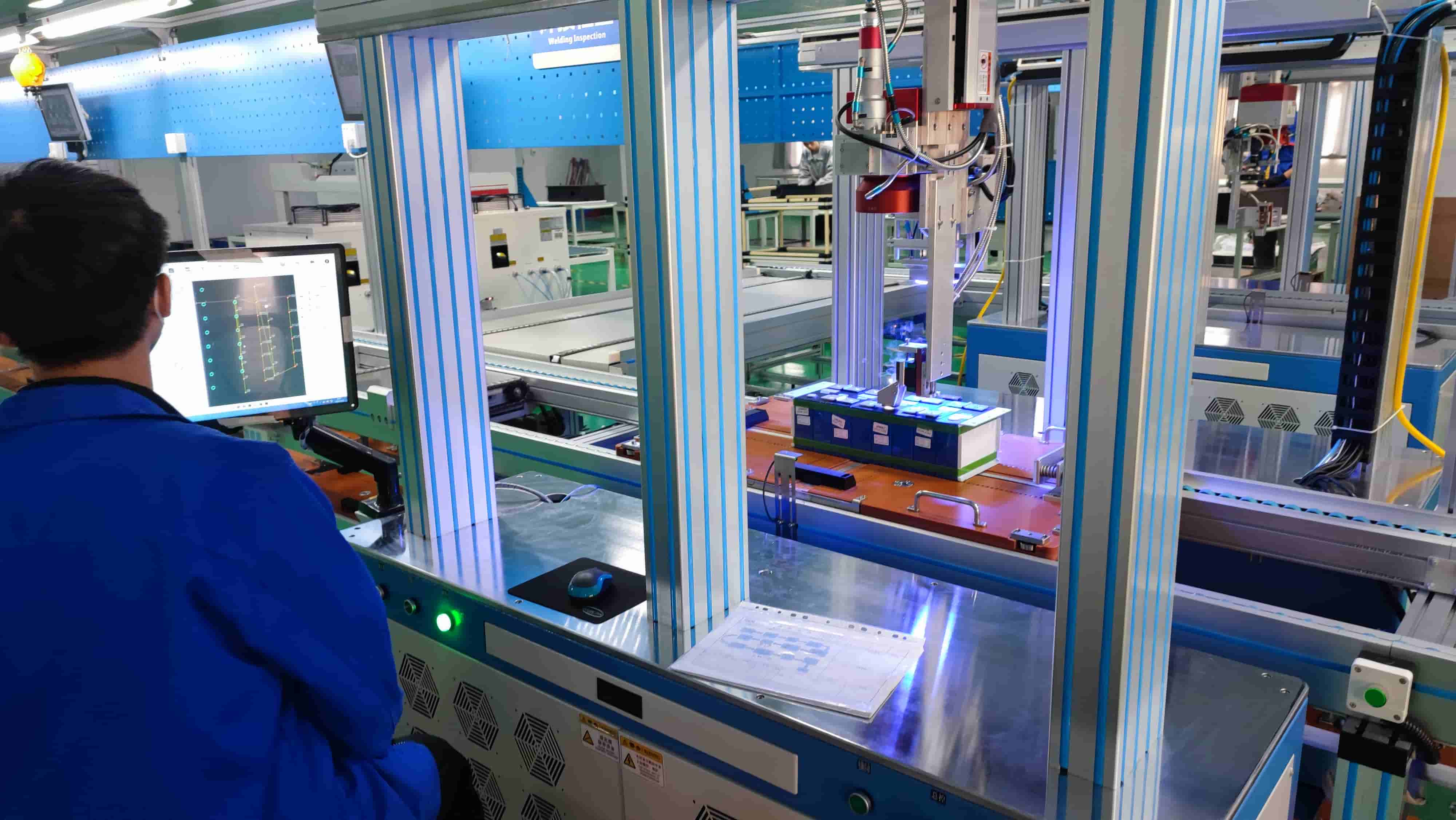ガイド: リチウム電池を初めて充電する方法
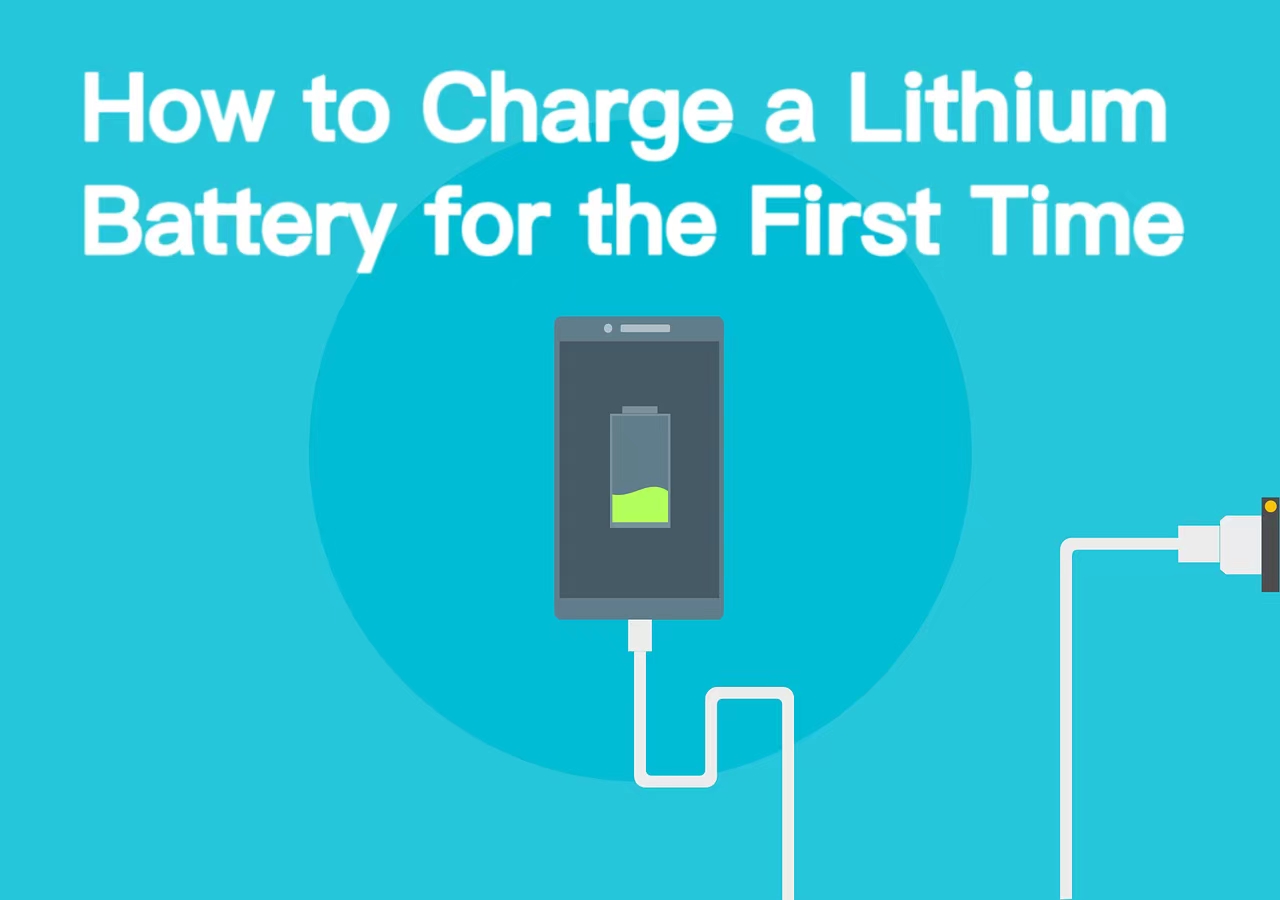
リチウムイオン電池は、携帯電話、ノートパソコン、その他の機器など、私たちの生活の中で広く使用されています。機器を長持ちさせるために、合理的かつ安全な充電は常に関心事となっていますが、リチウム電池を初めて充電するにはどうすればよいでしょうか。
このガイドでは、新しいリチウム バッテリーが最初から正しく充電されるように、一般的な充電の問題をいくつか説明します。この情報があれば、ユーザーは自信を持って使い始めることができ、潜在的な問題を回避するために必要なものがすべて揃います。
リチウム バッテリーの充電における最大の目標は、常に安全性です。リチウムイオン バッテリーを充電する場合、特に初めて充電する場合は、温度管理や過充電の防止など、さまざまな要素を考慮する必要があります。これらのガイドラインに従うことで、デバイスを安全に保ちながら、バッテリーのパフォーマンスを最大限に高めることができます。
リチウム電池を初めて充電するにはどうすればいいですか?
新しいリチウム電池を初めて充電するときは、電池の保管と品質を考慮することが重要です。充電する前に電池の損傷や欠陥を特定する必要があります。 最高のパフォーマンスバッテリーは室温で適度な湿度で保管することをお勧めします。これにより、バッテリーの寿命が長くなり、適切な充電が可能になります。
リチウム電池メーカー 製品の充電方法については、メーカーから具体的な指示が出されることがあります。その指示に従ってください。端子が損傷していると安全上の危険が生じる可能性があるため、端子接続の目視検査も行う必要があります。
リチウム電池を長期間使用する場合は、完全充電よりも部分充電の方が効果的であることが一般的に認められています。そのため、ほとんどの専門家は、リチウム電池を部分的に充電することを推奨しています。 リチウム電池 最初に使用する際に、最適なセルバランスと寿命を維持するのに役立つため、部分充電をお勧めします。さらに、部分充電により、定期的に深放電が行われ、セル間のバランスがさらに保たれるため、サイクル寿命が延びます。
使用要件に応じて、時間の経過とともに追加の充電サイクルを実装する必要がある場合がありますが、これはアプリケーションとユーザーの好みによって異なります。
リチウム電池は初めて使用するときに完全に充電する必要がありますか?
充電するとき リチウム電池 初めて使用する場合は、完全に充電することをお勧めします。 バッテリー 完全に充電すると、すべてのセルが均等に充電され、全体的な寿命とパフォーマンスが最大限に高まります。過充電による損傷を避けるために、最初の完全充電はゆっくりと行う必要があります。ほとんどのリチウム バッテリーの場合、このプロセスには、バッテリーのサイズと使用する充電器に応じて最大 8 時間以上かかることがあります。

再充電する前にバッテリーを完全に放電しないことが重要です。リチウムイオンセルがセルあたり2ボルト以下に放電されると、安全に充電できなくなり、交換が必要になる可能性があるため、永久的な損傷を引き起こす可能性があります。 リチウム電池を「再活性化」する さらに使用したい場合。
したがって、 リチウム電池は許容できるレベルの電力に達した 出力が低下した場合は、使用を中止し、継続使用しても安全なレベルを超えて消耗しないようにする必要があります。新しいリチウムイオン電池の充電にかかる時間を把握し、適切な充電方法を理解することで、不適切な使用習慣による損傷からデバイスを保護しながら、最大限の効率を確保できます。
新しいリチウムイオン電池の充電にはどれくらい時間がかかりますか?
新しいリチウムイオン電池の充電時間は、電池の年数や容量など、いくつかの要因によって異なります。一般的に、完全に消耗したリチウムイオン電池を充電するには、mAh定格に応じて2〜4時間かかります。ほとんどの最新の電池には、充電が遅くなるのを防ぐ統合システムが搭載されています。 過充電 またはセルの充電不足。
リチウムイオン電池を充電する際に考慮すべき 5 つの重要なポイントを以下に示します。
- 常にデバイスのバッテリータイプに合わせて設計された正しい充電器を使用してください
- 充電中にバッテリーを直射日光にさらさないでください。損傷や性能低下の原因となります。
- 充電中はリチウムイオン電池を放置しないでください
- 充電中はバッテリーの温度を監視してください。バッテリーが熱くなりすぎた場合は、すぐにプラグを抜いてください。
- 外部電源で充電する前に、デバイスからUSBケーブルを外してください。
すべてのバッテリーは時間の経過とともに消耗し、定期的に交換する必要があることを理解することが重要です。新しいリチウムイオン バッテリーが完全に充電されるまでに通常どのくらいの時間がかかるかを知っておくと、いつ交換する必要があるかを判断するのに役立ちます。さらに、温度調節や適切な使用方法などの他の側面を理解することは、デバイスのバッテリーの寿命を延ばすために不可欠です。この知識があれば、充電するたびに機器の最適なパフォーマンスを確保できます。
初めて充電する前にバッテリーの品質を確認してください
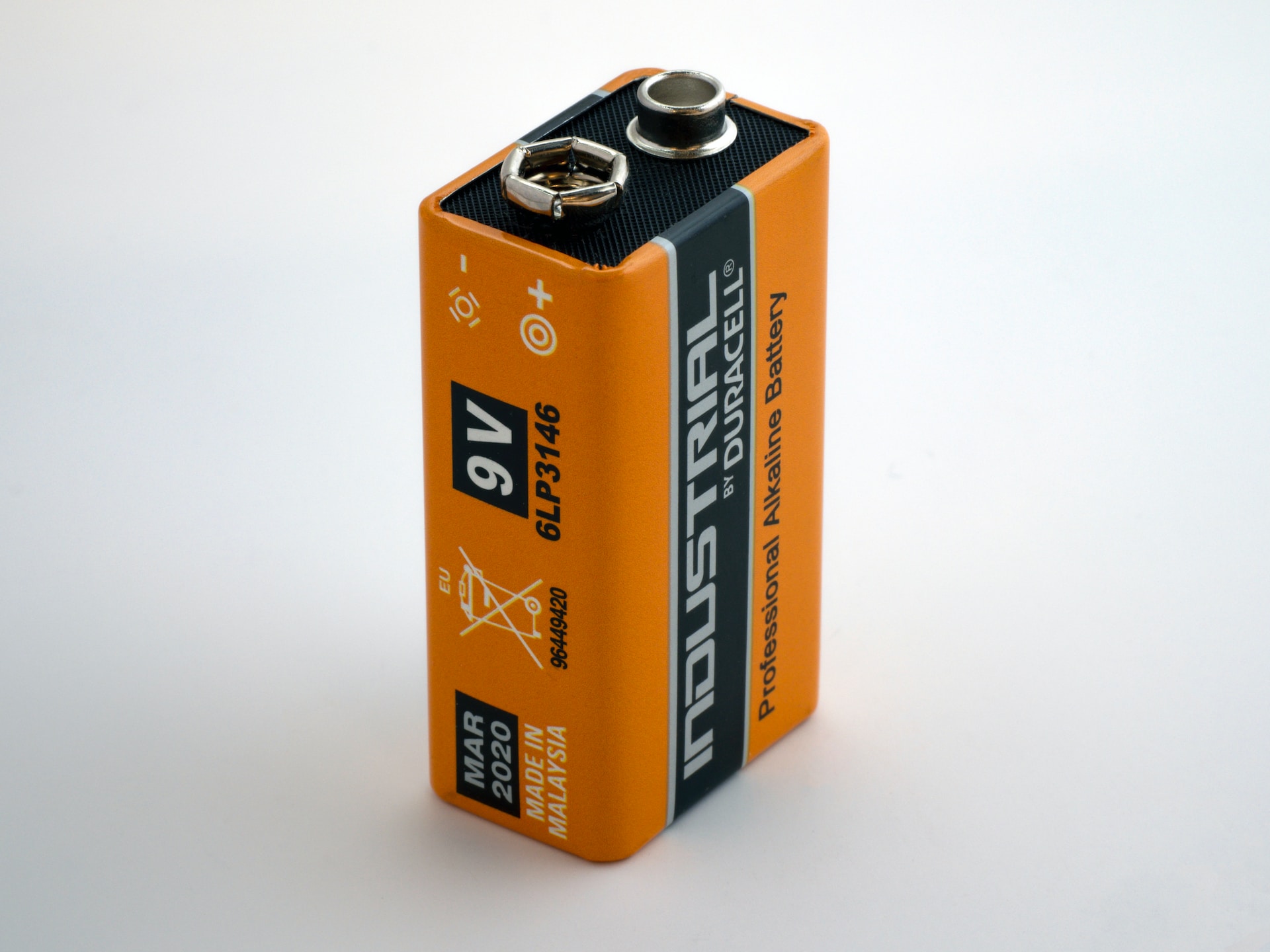
リチウム電池を初めて充電する前に、電池の品質が良好であり、 リチウム電池の故障リチウム電池の状態と状態の確認は、簡単な目視検査だけでなく、電圧チェックや負荷テストなどのより詳細なテストによっても行うことができます。
目視検査では、へこみやひび割れなどの外部ケースの物理的損傷の兆候を探し、すべての端子に腐食がないか確認し、端子ピンの周りのプラスチック ラップが損傷していないことを確認します。電圧チェックでは、さまざまな負荷をかけたときに電圧が低下するかどうかを測定します。負荷テストでは、セル内にどれだけの電流容量が残っているか、またセルがまだ効果的に充電できるかどうかを判断します。
これらすべてのチェックは、リチウム バッテリーを初めて充電する前に実行し、問題があれば開始前に対処する必要があります。これにより、バッテリーの寿命全体にわたってパフォーマンスを最適化し、不適切な使用に関連する不要なリスクを回避することができます。
リチウムイオン電池は充電前に放電する必要がありますか?
答えはノーです。新しいリチウムイオン電池を初回充電前に完全に放電する必要はありません。実際、そうすることは電池に不必要なストレスを与える可能性があるため、可能な限り避けるべきです。代わりに、メーカーは顧客に、 バッテリーが少なくとも 充電する前に 30% の容量を確認してください。これにより、長期間の使用または保管中にセルに過度のストレスがかかるのを防ぐことができます。
さらに、完全なサイクル (0% から 100% まで) を許可すると、充電レベルを監視して過充電を防ぐ内部回路の調整に役立ちます。最終的には、これらの簡単なガイドラインに従うことで、現在および将来にわたって Li-ion バッテリーの最適なパフォーマンスが保証されます。
リチウム電池は常時充電できますか?
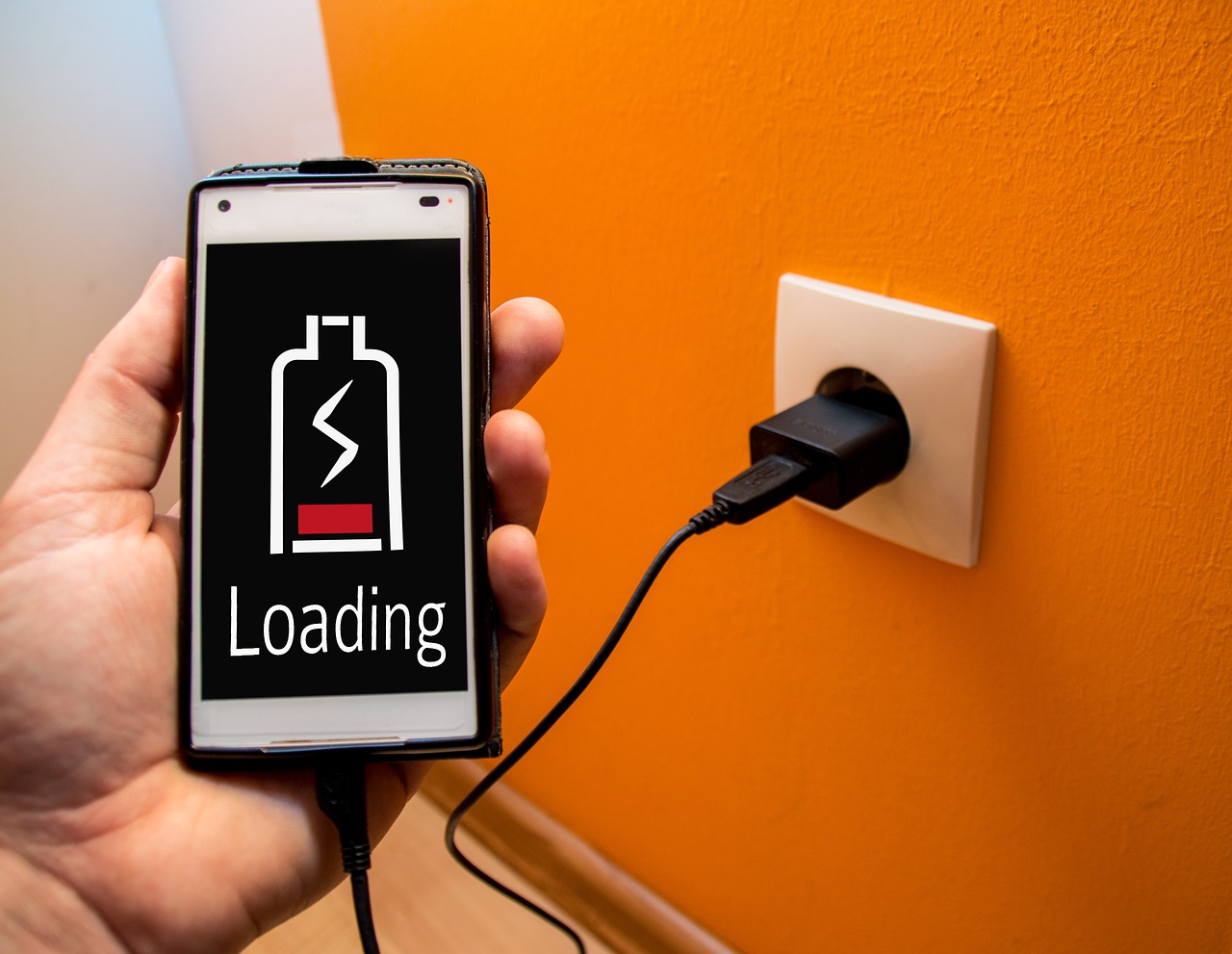
リチウム電池の充電は、デバイスを適切に使用するための重要なステップです。ただし、過充電は有害であり、時間の経過とともに電池寿命が短くなる可能性があることに注意することが重要です。したがって、リチウム電池を常に充電しないでください。過度の充電は永久的な劣化を引き起こし、電池の寿命を短くします。
この損傷を防ぐ最善の方法は、バッテリーの充電頻度を監視し、容量を超えないようにすることです。これを行うには、充電中に電圧と温度の測定値を観察し、充電中に過度の熱や電流が発生しないようにする必要があります。さらに、デバイスが過負荷になることなく最適な電力をデバイスが受け取れるように、デバイスが使用する充電器の種類を理解しておく必要があります。これらの手順に従うことで、バッテリーの寿命が延び、長期間にわたってより適切に機能するようになります。
リチウム電池は最初の充電後どのように保管すればよいですか?
バッテリーを初めて充電した後は、 適切に保管 バッテリーの安全性と寿命を確保するために、次の 3 つの重要な手順を実行する必要があります。
- 保管してください リチウム電池 0°C - 45°C (32°F - 113°F) の適度な温度で。
- 湿度の低い乾燥した場所に保管し、水やその他の液体との直接接触を避けてください。
- ラジエーター、電気モーターなど、熱を発生する物体の近くに保管しないでください。
これらのガイドラインは、 リチウム電池の寿命 不適切な保管条件により、極端な温度や湿気にさらされることによる損傷を防ぐことができます。さらに、長期間完全に放電した状態で保管するのではなく、部分的に充電した状態で保管することをお勧めします。完全に放電すると、長期間の使用でパフォーマンスが低下し、アノード材料の表面に硫酸塩が蓄積して永久的な容量損失が発生する可能性があります。これらの手順に従うと、リチウム駆動デバイスを長年にわたって使用するときに最適な結果が得られます。
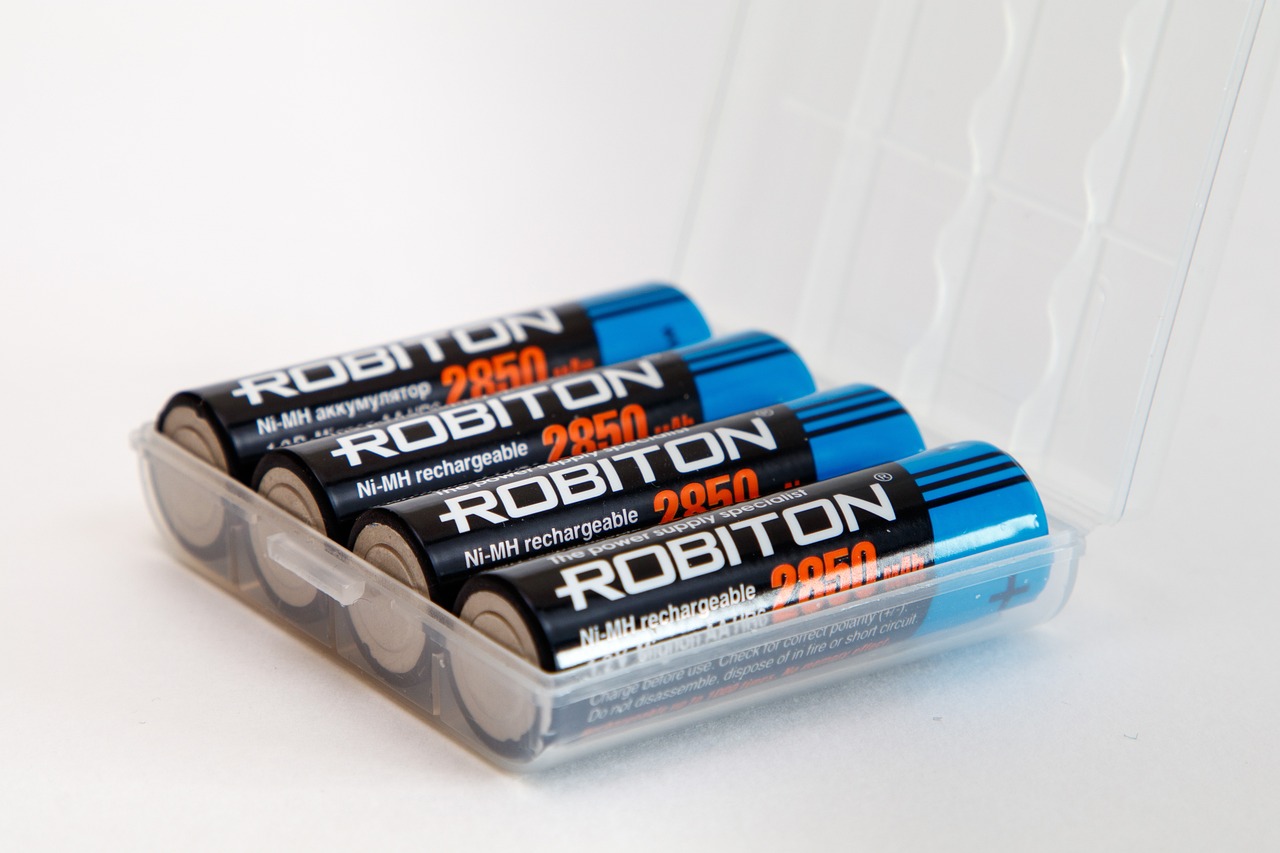
最大限の寿命と最適なパフォーマンスを維持するためには、 リチウム電池は完全に充電された後もアイドル状態のままになることがあります ユーザーにとっても重要な知識です。
リチウム電池は完全に充電された後、どれくらいアイドル状態を保つことができますか?
の 自己放電率 リチウム電池の寿命は、1 か月あたり約 3% ~ 5% です。したがって、リチウム電池が完全に充電された後、使用していないときは最大でアイドル状態になります。100%/5% = 20 か月です。もちろん、この期間中は、充電能力に影響を与える可能性のある極端な温度や過度の湿度に電池をさらさないようにしてください。
バッテリーの過放電による永久的な損傷を避けるため、バッテリーを0%まで放電することはできないことに注意してください。定期的な メンテナンス (3ヶ月ごとの充放電サイクル)により、長期にわたる耐久性と容量の維持に役立ちます。
リチウム電池はどのくらいの頻度で充電すべきか
リチウム電池を初めて充電したら、最適な充電スケジュールを立てることが重要です。理想的には、 バッテリー容量が50%を下回った場合これにより、バッテリーが良好な状態を保ち、長持ちします。バッテリーが完全に放電されていない場合でも、2〜3か月ごとに充電することをお勧めします。これにより、バッテリーの損傷を防ぐことができます。 過放電 バッテリーの寿命を延ばします。

最大限のパフォーマンスを維持するには、完全に消耗しないようにするのが最善です。 リチウム電池は修復不可能なほど損傷する可能性があるため バッテリーの寿命を最大限に延ばし、最高の効率で動作し続けるためには、定期的な充電が必要です。一貫した充電ルーチンを設定することで、デバイスが定期的に十分な電力を受け取り、すべてのコンポーネントが最適に機能し続けることが保証されます。さらに、この方法に従うことで、デバイスの問題が重大な問題になる前に早期に検出できます。
リチウム電池に通常の充電器は使用できますか?
充電に関しては リチウム電池通常の充電器の使用は可能ですが、推奨されません。 標準的な鉛蓄電池とリチウム電池の違い 通常の充電器の使用がニーズに適しているかどうかを判断するためです。
一般的に、現在市販されている充電器のほとんどは鉛蓄電池用に設計されています。つまり、 リチウム電池を適切に充電する能力または能力 時間の経過とともに損傷を引き起こすことなく、次の表は、各タイプのバッテリーの主な機能を比較したものです。
| 電池のタイプ | 電圧範囲 | 充電器の要件 |
|---|---|---|
| 鉛蓄電池 | 1.5V〜2.4V | 標準/通常 |
| リチウム | 2.5V〜4.25V | 専門分野 |
この比較から、これら2種類のバッテリーには大きな技術的違いがあり、充電要件が異なることがわかります。そのため、通常の充電器を リチウム電池 充電不足に陥り、セルやパックの性能低下や寿命の短縮につながる可能性があります。このため、 あらゆる種類のリチウム電池を充電するときは、必ずリチウム電池専用に設計された専用充電器を使用することを強くお勧めします。
オルタネーターを使用してリチウム電池を充電できますか?

オルタネーターは、機械エネルギーを直流電力に変換する電気装置です。車両の充電システムの一部としてよく使用されますが、リチウムイオン バッテリーで使用する場合は注意が必要です。オルタネーターを使用してリチウムイオン バッテリーを充電する際には、次の 3 つの点を考慮する必要があります。
- リチウムイオン電池を最適に充電するには、特定の電圧とアンペア数が必要ですが、ほとんどの車両オルタネーターではこのレベルの精度を実現できません。
- オルタネーターは、リチウムイオン電池用に特別に設計されている場合にのみ使用してください。そうでない場合、過充電または充電不足が発生する可能性があります。
- オルタネーターの電圧レギュレータが充電中のリチウムイオン バッテリーの種類に適していることを常に確認してください。
リチウム電池を充電するためにオルタネーターを誤って使用すると、損傷や破損につながる可能性があります。そのため、改造や調整を行う前に必ず専門家に相談してください。安全な充電を確実に行うには、信頼できる供給元からリチウムイオン電池専用の充電器を購入するのが最善の方法です。適切な注意を払えば、 リチウムイオン電池 今後何年も健康で良好なパフォーマンスを維持します。
リチウム電池はフロート充電が必要ですか?
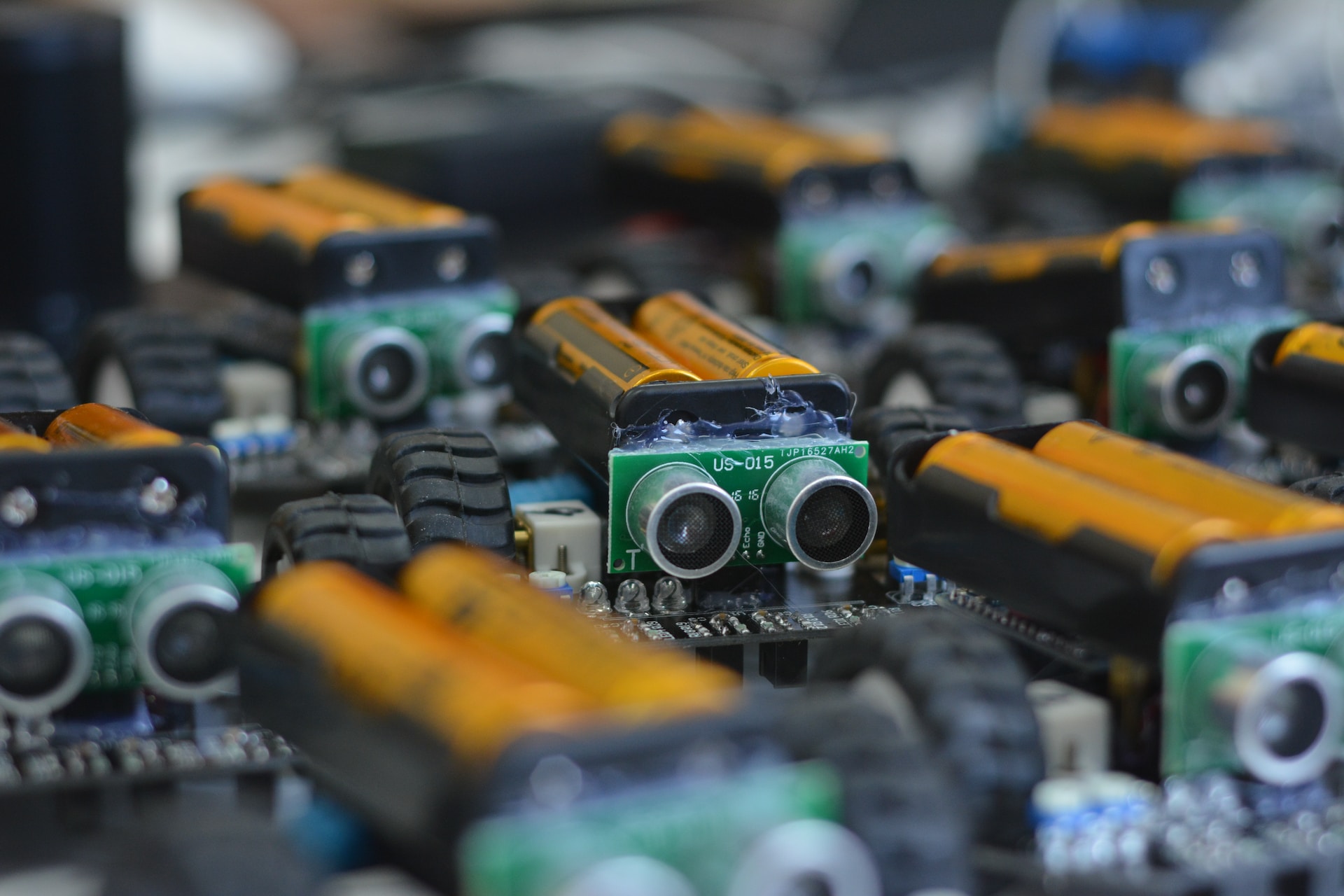
リチウム電池の充電においては、フロート充電が重要なトピックです。 リチウム電池 フロート充電は必要ありません。メンテナンスや充電の補充を必要とせずにすべてのエネルギーを抽出できるように設計されているからです。つまり、リチウム バッテリーを初めて充電したら、二度とフロート充電について心配する必要はありません。
最高のパフォーマンスと寿命を維持するために定期的なフロート充電を必要とする他のタイプのバッテリーとは異なり、 リチウム電池 自己制御型で、必要になるまでフル容量で充電を蓄えます。このタイプのバッテリーに必要なメンテナンスは、時間の経過とともに若干の電力損失を引き起こす可能性のある接点の汚れやほこりの蓄積を定期的に掃除することだけです。過充電により損傷する可能性があるため、リチウム バッテリーではフロート充電を使用しないでください。
したがって、新しいリチウム電池の初期設定と使用時には、製造元が推奨する手順以外の追加手順は必要ありません。製造元の指示に注意深く従うだけで、電池は今後何年も最適に機能するはずです。
バッテリー充電に関する誤解
フロート充電の重要性について議論した リチウム電池次に、バッテリー充電に関するよくある誤解を解くことに焦点を当てます。
| 神話 | 事実 |
|---|---|
| リチウムイオン電池 完全に充電する必要はありません | リチウムイオン電池は、寿命を通じて最適なパフォーマンスが得られるように、初めて使用する前に完全に充電する必要があります。 |
| バッテリーを充電する際、ラベルに指定されている電圧よりも高い電圧を使用しても問題ありません。 | 電圧レベルが高いとバッテリー内のセルが損傷し、寿命が短くなる可能性があるため、デバイスの製造元が推奨する電圧レベルを常に遵守するようにしてください。 |
| 完全に充電された後もデバイスをコンセントに差し込んだままにしておくと、バッテリーが損傷します。 | 最新のデバイス(充電器)には、過充電を防ぎながら、バッテリーを損傷することなく完全に充電された後もデバイスを接続したままにできるスマート回路が搭載されています。 |
| バッテリーを過充電すると容量が増加する | 過充電すると容量は増えるのではなく減るため、最大限の効率を確保するために、フル充電後もデバイスをプラグに差し込んだままにしないでください。 |
これらは、他の多くの神話のうちの4つに過ぎないことに注意することが重要です。 リチウムイオン電池 充電は重要ですが、これらのヒントを理解して従うことで、将来的に時間とお金の両方を無駄にする可能性のある間違いを防ぐことができます。それでは、使用上の注意について説明しましょう。 リチウム電池 モバイルデバイスで。
結論
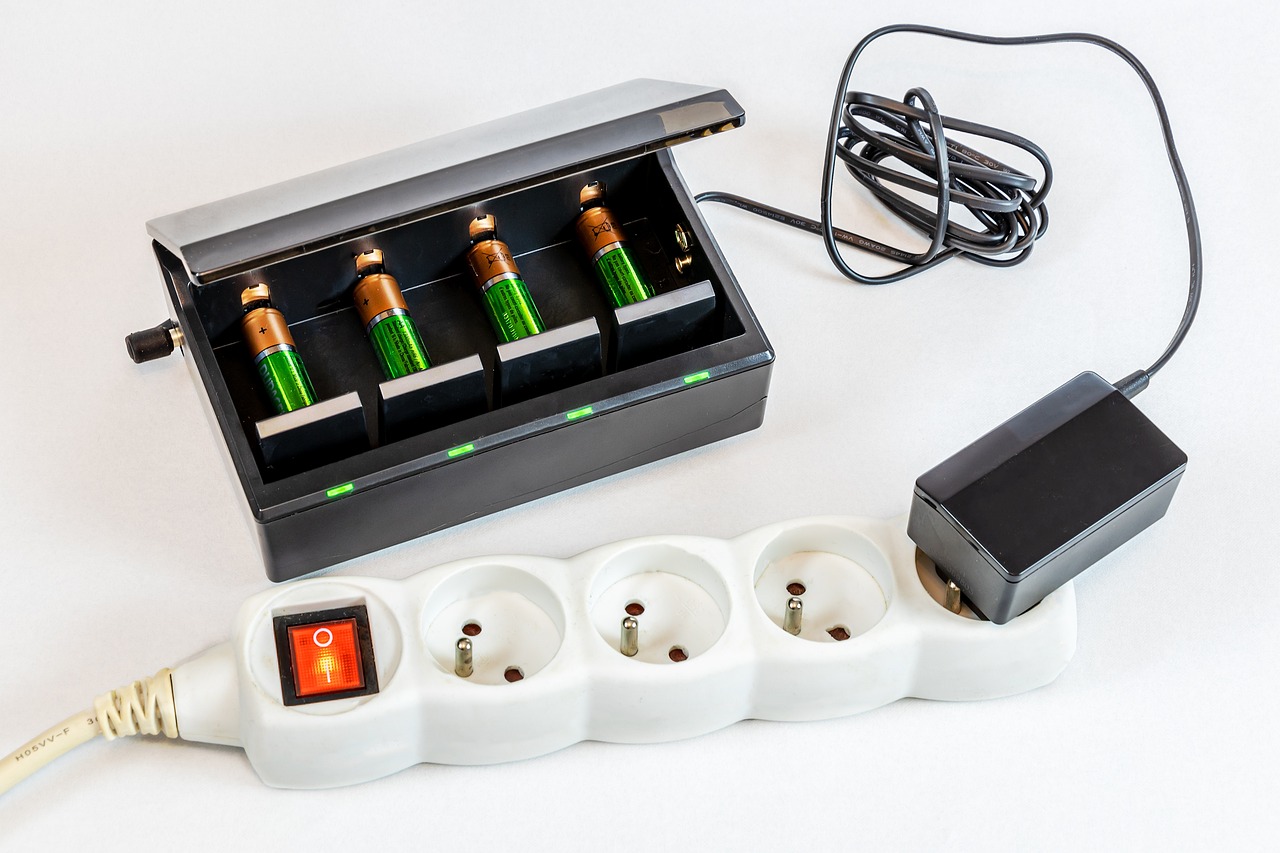
適切な充電 リチウム電池 最高のパフォーマンスと寿命を確保するには、充電方法を知ることが重要です。 リチウム電池 初めて充電する場合、どのような予防措置を講じる必要があるか、またよくある誤解を知っておくと、ユーザーはデバイスの電源を最大限に活用できるようになります。正しく充電することで、ユーザーはリチウムイオン電池を使用するあらゆるモバイル デバイスを最大限に活用できるようになります。
新しいリチウムイオン電池を完全に放電して再充電する必要は必ずしもないかもしれませんが、そうする前に品質を確認することが重要です。さらに、オルタネーターやフロート充電を使用する場合は、安全性とパフォーマンスに影響を与える可能性があるため、デバイス間の互換性について徹底的に調査してから使用する必要があります。最後に、これらのガイドラインを理解することで、ユーザーは安全を確保しながら、電源付き製品を最大限に活用できるようになります。
結論として、 リチウム電池 正しく充電するには、推奨される充電プロトコル、バッテリー品質のテスト方法、リチウムイオン電池を搭載したデバイスを再充電する際の注意事項、よくある誤解の解明など、いくつかの側面に関する知識が必要です。これらの手順に従うことで、誤用や不適切なメンテナンス手順に関連する潜在的な危険を回避しながら、テクノロジーを最大限に活用できるようになります。
もっと詳しく見る トップへ リチウム電池に関する質問!
より良いリチウムバッテリーの選択を今すぐ始めましょう
の紹介 ハーベイパウ 最先端のエネルギー貯蔵技術の典型であるリチウム電池パック。で作られました CATL、世界有数のバッテリー ブランドである当社のバッテリーは、品質と性能の新たな基準を設定し、卓越性を再定義します。
長寿の力を解き放ちます。最大 8000 回という優れたサイクル寿命を誇る当社のバッテリーは、比類のない耐久性を備え、数え切れないほどのアプリケーションに持続的なエネルギーを提供します。頻繁な交換に別れを告げ、持続する信頼性の高いエネルギー ソリューションを採用します。
シームレスな互換性を体験してください。私たちの リチウム電池パック 30 以上のインバータ ブランドとシームレスに統合されており、妥協することなくシステムに簡単に接続して電力を供給できます。効率を最大限に高めながら、選択の自由を満喫してください。
エネルギーの可能性を拡大します。最大15グループまで接続可能 リチウム電池パックを直列に接続するとパワーが向上します 容量を新たな高みへ。住宅から商業施設まで、HARVEYPOW は拡張可能なエネルギー貯蔵ソリューションを提供します。
弊社でご安心ください 12年保証。当社はお客様の安心を最優先し、品質に対する揺るぎない取り組みを行っています。当社のインテリジェント BMS システムは過充電、過放電などを防止し、バッテリーの安全性と寿命を保証します。
HARVEYPOW を選択して、比類のないパワーと信頼性の世界を解き放ちましょう。エネルギー貯蔵の未来を受け入れ、エネルギー体験に革命をもたらします。 HARVEYPOW であなたの人生に力を与えましょう リチウム電池 今日!
